We wake up early, have coffee, go shell hunting at low tide (6:32 am low tide), find gems, do yoga on the beach, have breakfast, admire our gems. Here is Linda at sunrise this morning:
This is such a short stay for me (I leave tomorrow on a 1:30 pm flight), but I have learned so much about Sanibel and about shells. I have been having a very peaceful and healthy weekend. I didn’t get to see the Ding Darling National Wildlife Refuge, because quite frankly, it is too hot. The refuge is best seen by bicycle (4 miles of bike paths) or you can walk around the swampy area on designated paths. The yearly average high temperature here is 84 F. Today it is 90 degrees, higher than usual, so the best walking is right on the beach and that is what we have done. I guess I will have to come again when it is cooler in November or December to see the alligators and numerous birds living in the reserve.
Shells: 160 shell species can be found here. Here is a circle of some of my finds. The names of the shells can be as colorful and pretty as the shells themselves:
 Starting from the top with the crowned brown shell and going clockwise, you can see a Florida Fighting Conch, a tiger lucine, a calico, a shark’s eye, a broad-ribbed carditid, two eastern augers, buttercup lucine, 2 varieties of clam, scallop, pen shell, small piece of albacore, calico scallop, Atlantic cockle, turkey wing, lady’s slipper, common jingles (also called Fishermen’s Toenails, ughh), lightning welk, Kitten’s paw, Florida worm snail, Atlantic fig snail (they are thinner than eggshells and it is difficult to find a completer one, this is a fragment of one), and the lettered olive shell (bay scallops in the middle).
Starting from the top with the crowned brown shell and going clockwise, you can see a Florida Fighting Conch, a tiger lucine, a calico, a shark’s eye, a broad-ribbed carditid, two eastern augers, buttercup lucine, 2 varieties of clam, scallop, pen shell, small piece of albacore, calico scallop, Atlantic cockle, turkey wing, lady’s slipper, common jingles (also called Fishermen’s Toenails, ughh), lightning welk, Kitten’s paw, Florida worm snail, Atlantic fig snail (they are thinner than eggshells and it is difficult to find a completer one, this is a fragment of one), and the lettered olive shell (bay scallops in the middle).
Sanibel Island is 12 miles long and up to 3 miles wide, the same size as Manhattan! There are 6000 residents here, but during peak tourist season, there as many as 33,000 people here. Thankfully, we are off peak season so the beach is quiet. There are 25 miles of bike paths and you can see many people strolling by on their bikes. Ponce de Leon came to Sanibel in 1513, looking for the fountain of youth. He named the island after Queen Isabella of Spain: Santa Isabella. The name shortened over time to Sanibel. Ponce de Leon found the Calusa Indians thriving here. They fought hard to keep him out and fatally wounded de Leon with an arrow. He died from the festering wound in Cuba. By 1700, sadly, the Calusa Indians went completely extinct, having died of small pox and other illness contracted from European contact. It is said there is buried treasure here on Sanibel from pirates of old!
Here are a few other photos I have taken. I will have to ask Brent what kind of shore birds these are! These little guys run back and forth along the surf and find tasty food with their long beaks.
Whelk egg casings! These are strewn all over the beach:
Hey, I have my own nature preserve here:
This egret is not shy. He has been fed one too many times by humans:
I did a little shopping while here and a little browning up! It doesn’t take much for me to look like I have lived here my whole life. I wear a sunhat, sunscreen, and stay indoors during the fiercest times the sun is shining, but I still browned up!
Garden art in front of the cottage:
I saw their trails on the beach in the early morning, but I didn’t see any tortoises. (I did, however, see a baby sea turtle swimming! I pray she will be lucky enough to survive the oil spill,)
Early this morning on the beach, I decided that if I lived here, I would wear bright yellow pants with the brightest of tops everyday and I’d have a sweet fluffy overweight cairn terrier like the one this woman has:
Yesterday, we went to the Shell Museum here in Sanibel. There is a dedication to Raymond Burr in front of the museum. He loved this place and was very instrumental in getting this museum to become the great place it is. I found this photo on line:
 Lastly, and perhaps most importantly, Anne Morrow Lindbergh came to Captiva Island and stayed there for a period of time to write her book Gift from the Sea. Captiva and Sanibel are neighboring islands (together they are called Paradise Islands) and beautiful shells are found there, too. If you have not read Gift from the Sea, it is a must read and a must have. The book is full of insight and wisdom, and like a shell, it is small and perfect in form. Here is what I found on line:
Lastly, and perhaps most importantly, Anne Morrow Lindbergh came to Captiva Island and stayed there for a period of time to write her book Gift from the Sea. Captiva and Sanibel are neighboring islands (together they are called Paradise Islands) and beautiful shells are found there, too. If you have not read Gift from the Sea, it is a must read and a must have. The book is full of insight and wisdom, and like a shell, it is small and perfect in form. Here is what I found on line:
“Writer Anne Morrow Lindbergh was the daughter of a respected U.S. diplomat, was vaulted into celebrity by her marriage to aviator Charles Lindbergh. The couple’s travels in the early days of globe-trotting aviation drew breathless and often relentless attention from the media.
Putting her literary talents on display before an adoring public, Anne Lindbergh also produced a list of best-selling books.
Ye
t marriage to a vivid figure was not easy. The spotlight made Anne Lindbergh uneasy even before the 1932 kidnapping and murder of her first-born son. The infant was missing for more than two months, amid a hail of ransom notes, before his body was discovered near the couple’s New Jersey home.
Newspapers covered the case as “the crime of the century” and were equally omnipresent at the 1935 trial of Bruno Richard Hauptmann, who was executed for the murder in 1936.
As World War II approached, coverage of the Lindberghs took another turn, as Charles Lindbergh offered generally admiring reports on Nazi Germany’s development of the airplane. As the full import of Hitler’s designs became clear, critics decried Lindbergh as a Nazi apologist.
On Florida’s Captiva Island, Anne Lindbergh enjoyed a brief respite from the obligations of family and career. There, using the shells on the beach for inspiration, she reflected on the life of the American woman in the middle of the 20th century.”
What really struck Linda and me was when we learned that Anne Morrow Lindberg was an aviator! Up until then, we had only heard of her husband being the great aviator. How eclipsed she was by him when in fact, she herself was an accomplished aviator! I like to think of Anne walking the beach on Captiva, so close and similar to Sanibel, picking up shells, admiring them, sorting through her life, making sense of it all, healing, making herself whole again, just as I do when I lose myself in the meditative experience of walking the beach and looking at shells. I leave you with a picture of Anne:











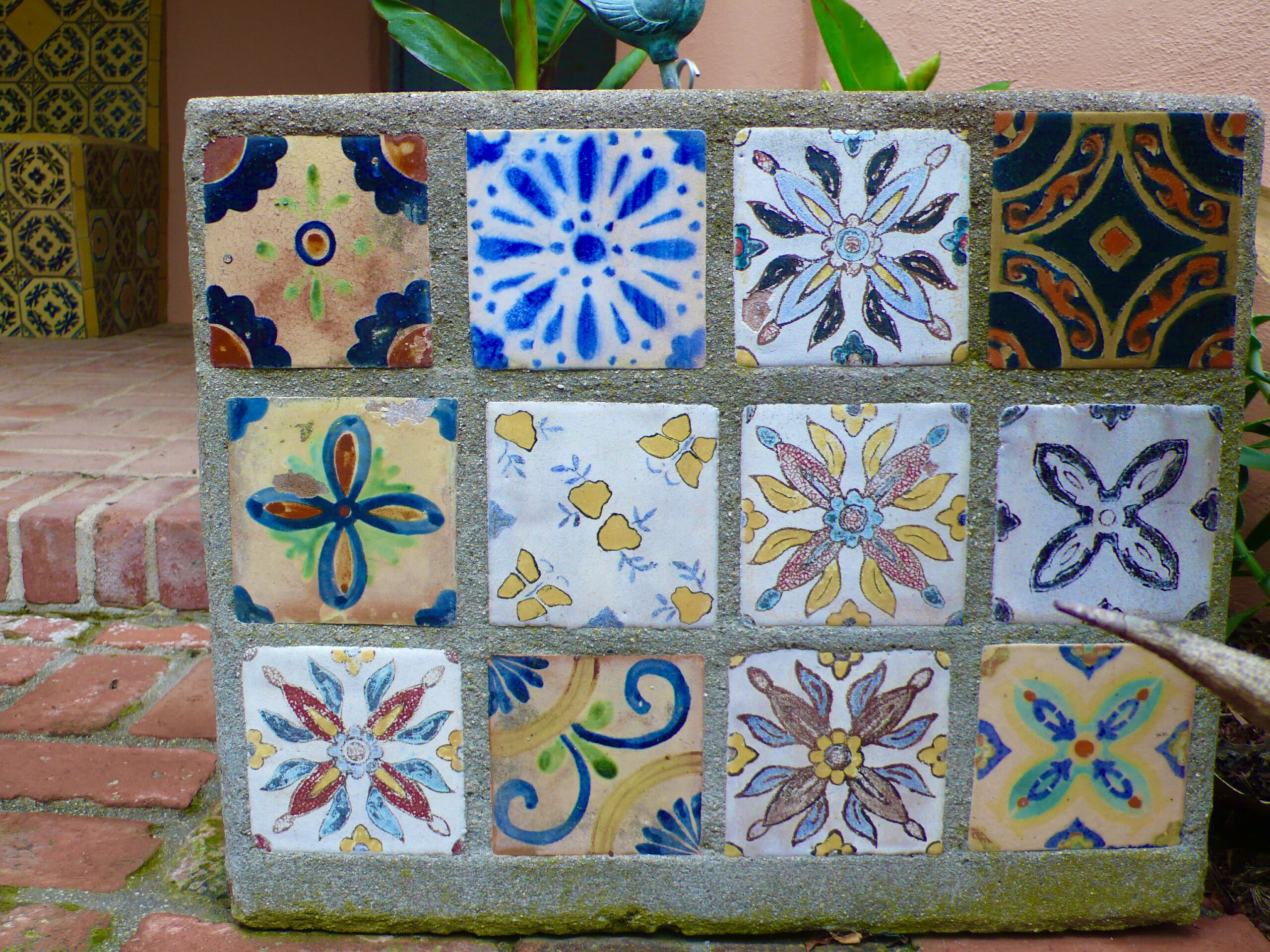
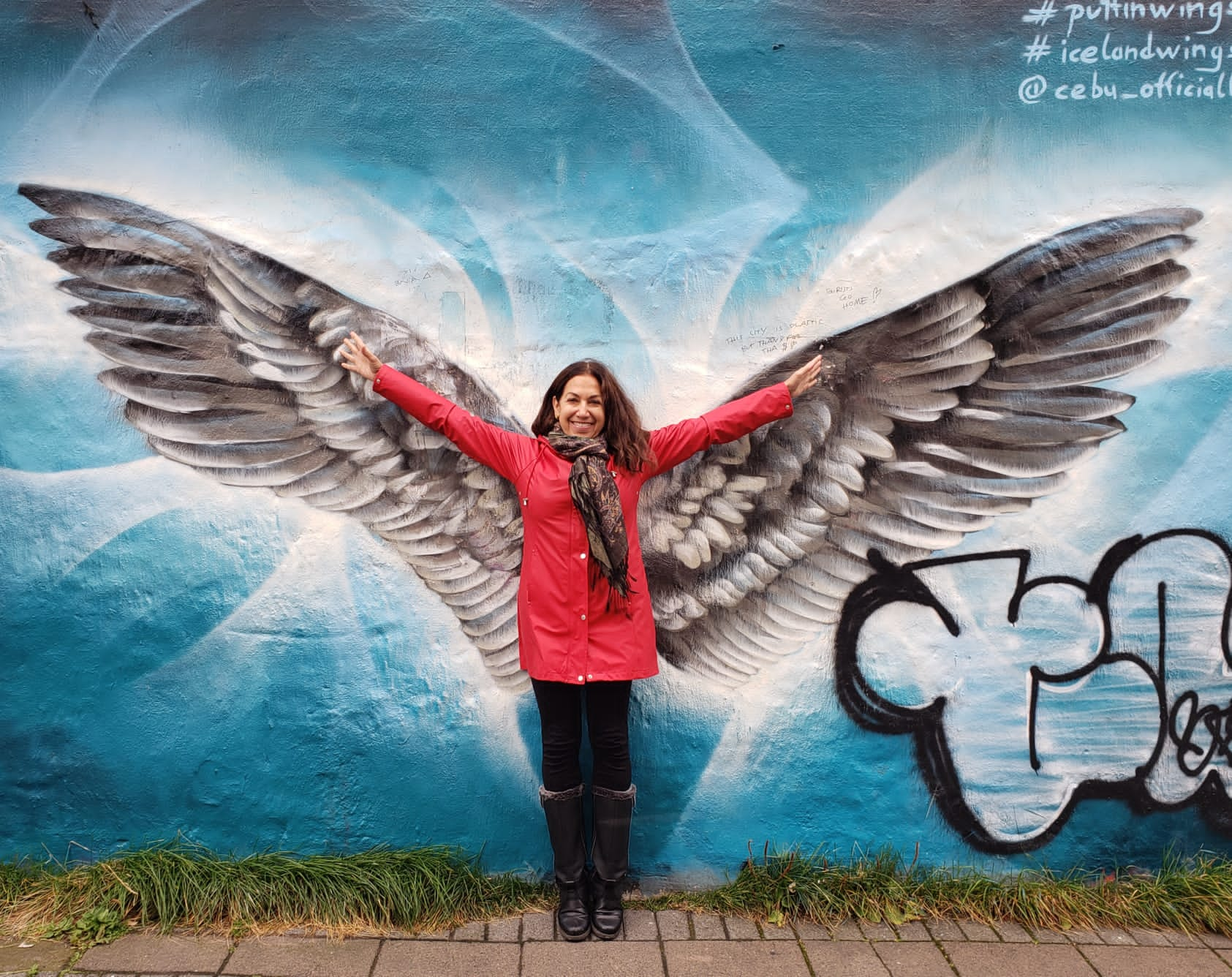
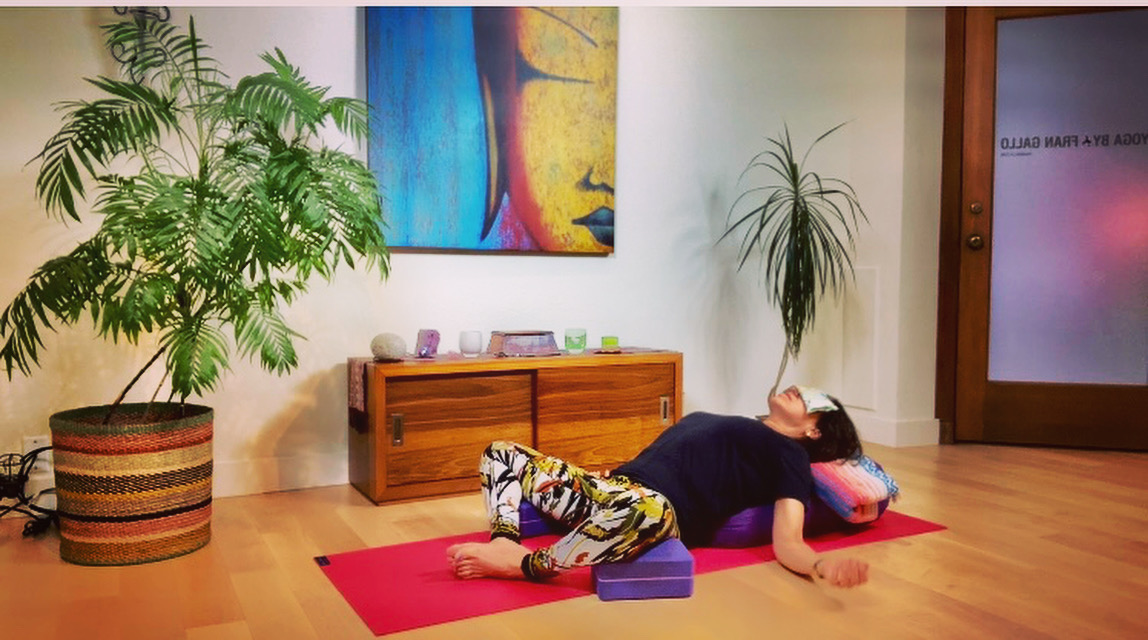
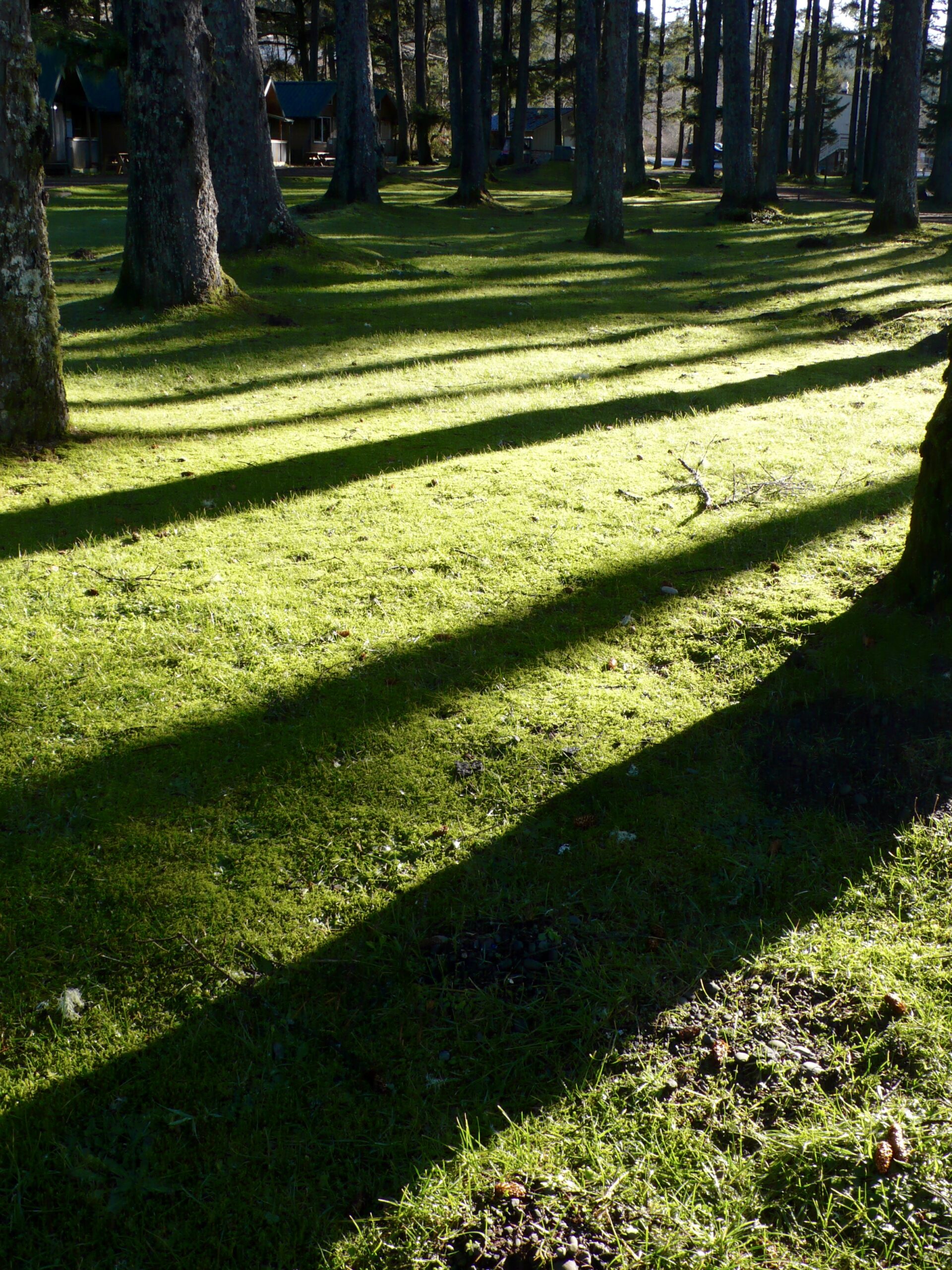
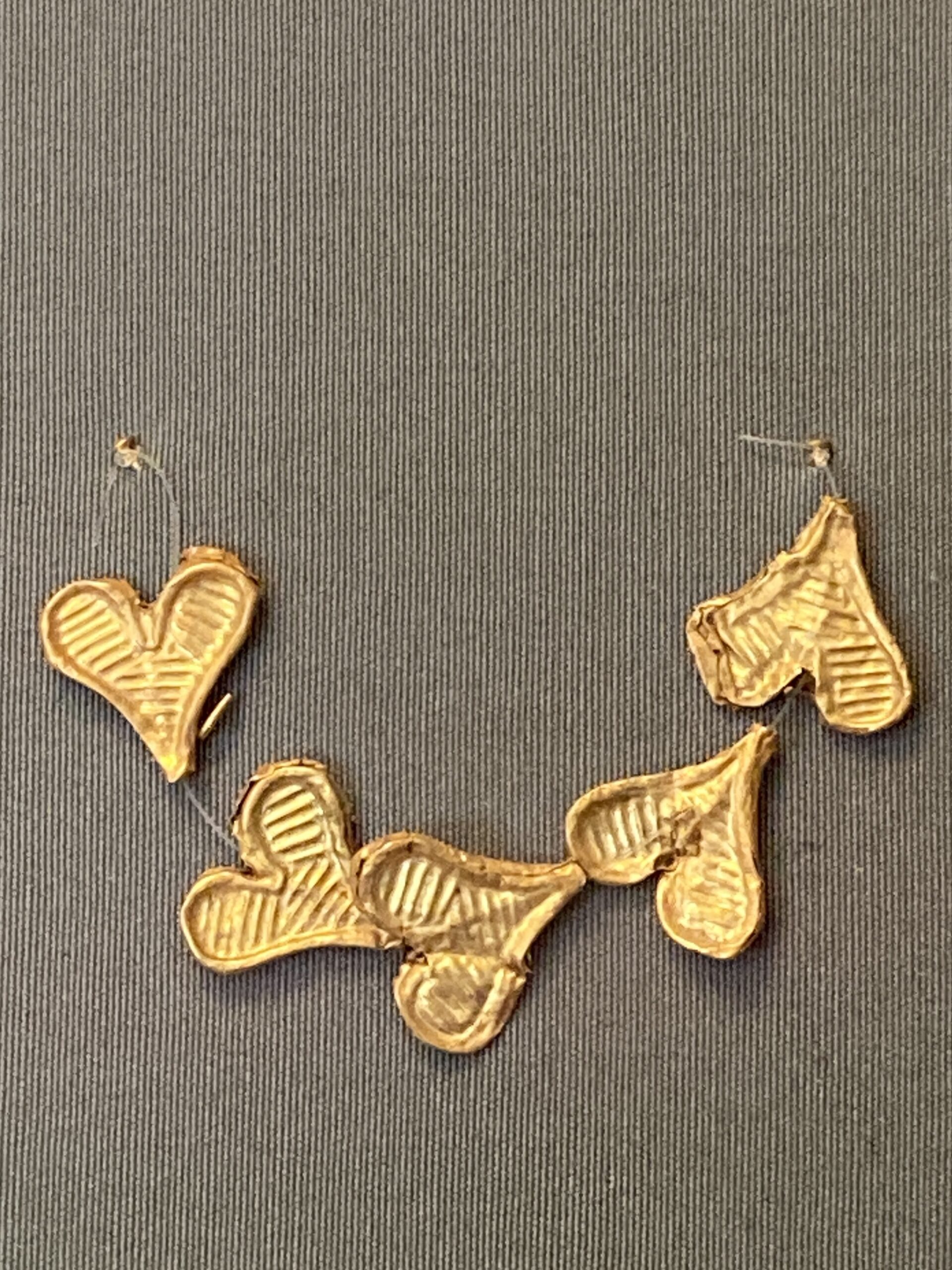
I found your blog thru Google reader.And I wanted to tell you how much I have enjoyed reading it.
We just returned from our semi-annual trip to Sanibel(have been going for 30+ years),and am so glad you enjoyed it.Next visit you must come when the weather is cooler,and definitely visit DingDarling.Quite an experience!
ChrisC